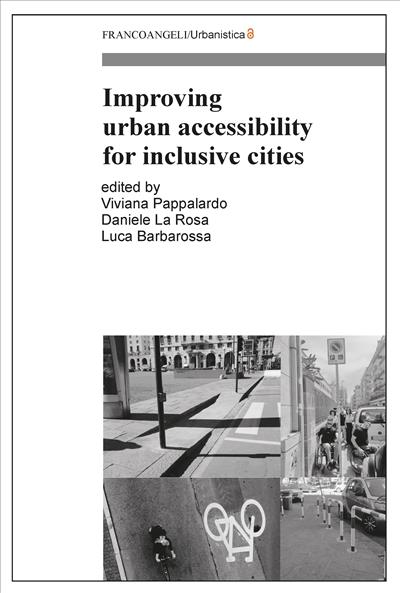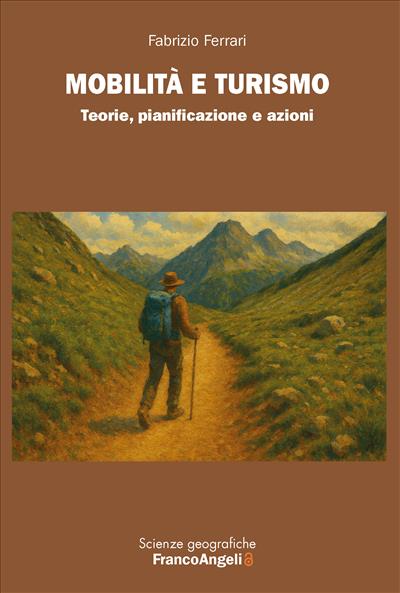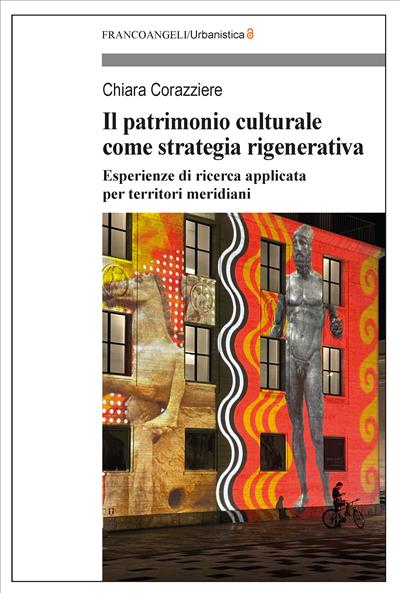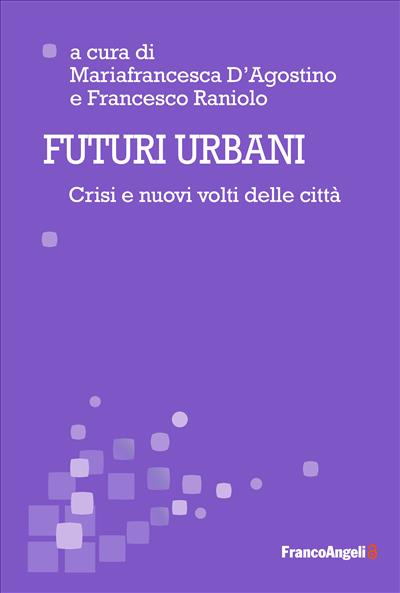
A cura di: Viviana Pappalardo, Daniele La Rosa, Luca Barbarossa
Improving urban accessibility for inclusive cities
Ensuring accessibility for everyone is essential for building sustainable and equitable cities, regardless of their physical, intellectual, social, economic, gender, or age condition. This book collects research studies and project experiences, perspectives, and discussions on different aspects of accessibility, tangible and intangible, with a special focus on urban contexts.
Pagine: 168
ISBN: 9788835169192
Edizione:1a edizione 2024
Codice editore: 11862.6
Informazioni sugli open access




